Discover how custom...
Complete production process and industry insights of customized tin boxes
This article will deeply analyze the complete production process of tin box manufacturers, reveal the core links from design to molding, and explore the unique value of customized tin boxes in the luxury, collectibles and gift markets.
1. The rise and market demand of customized tin boxes
In the context of consumption upgrading, customized tin boxes have become the first choice for high-end packaging due to their moisture-proof, anti-oxidation and strong plasticity. Whether it is a luxury brand, wedding souvenir, or corporate souvenir, customers' demand for tin boxes has shifted from basic protection functions to brand story delivery and user experience improvement.
The core competitiveness of tin box manufacturers lies in how to transform customer needs into products that are both practical and artistic through precision craftsmanship.

2. Analysis of the entire production process of tin box manufacturers
①. Demand communication and design development
The starting point of customized tin boxes is the in-depth exploration of customer needs. Tin box manufacturers need to clarify the product use (such as tea cans, jewelry boxes, wine vessels), size specifications, pattern style and surface technology (embossing, printing, baking paint, etc.) with customers. The professional design team will present a three-dimensional effect through 3D modeling technology to ensure that the design draft is highly consistent with the actual object.
②. Mold making and material selection
The mold is the soul of a custom tin box. Manufacturers need to develop high-precision molds based on design drawings, usually using CNC engraving or laser cutting technology. In terms of materials, food-grade tinplate with a purity of more than 99% is the mainstream choice, which is both ductile and environmentally friendly. Some high-end custom tin boxes will add copper and zinc alloys to enhance the texture.
③. Stamping and welding assembly
The tin plate is stamped into the box body, box cover and other parts by a hydraulic press, and then assembled by high-frequency welding or riveting. This link requires extremely high equipment accuracy, and any slight deviation will affect the sealing. Experienced tin box manufacturers can achieve mass production of complex shapes (such as arcs and hollowing) by adjusting the stamping parameters.
④. Surface treatment and detail polishing
The added value of custom tin boxes is concentrated here. Common processes include:
Electroplating/painting: giving metallic luster or matte texture;
Embossed/etched: engraving three-dimensional patterns by chemical or mechanical means;
Screen printing: accurately reproducing brand logos or artistic illustrations.
Finally, it is manually polished and edge chamfered to eliminate burrs and enhance the touch.
⑤. Quality inspection and packaging delivery
The finished product must pass the sealing test, drop test and environmental certification (such as REACH, FDA). Some manufacturers also provide customized lining services, flocking, EVA sponge or magnetic structure to further enhance the protection function.
3. Three core considerations for choosing tin box manufacturers
①. Process experience and equipment level: Manufacturers with more than ten years of experience can better control complex processes (such as multi-color printing gradient effects);
②. Flexible production capacity: support small batch customization (minimum order of 100 pieces), and flexibly respond to brand testing needs;
③. Sustainable development concept: using recyclable tin and water-based paint, in line with global environmental protection trends.

4. Future trends of customized tin boxes
With the rise of the "experience economy", tin box manufacturers are exploring more innovative directions:
Intelligent integration: built-in NFC chip to achieve product traceability and interactive marketing;
Cross-border design: co-branded with artists to create limited edition collectible tin boxes;
Multifunctional structure: for example, a jewelry box that can be disassembled into a storage tray to extend the product life cycle.
Conclusion
From a tin plate to a work of art, the birth of a customized tin box is a perfect fusion of traditional craftsmanship and digital technology. For brands, cooperation with professional tin box manufacturers is not only a guarantee of product quality, but also a strategic choice to convey brand value through packaging. In a market dominated by personalized needs, customized tin boxes will continue to become the "invisible spokesperson" in the high-end consumer field with their irreplaceable charm.
.jpg)




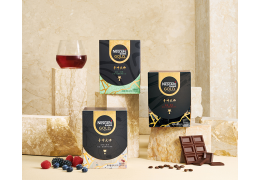
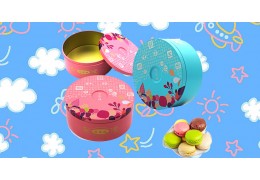
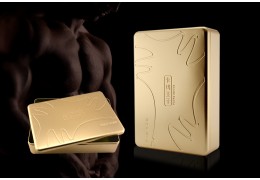
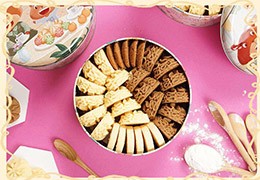
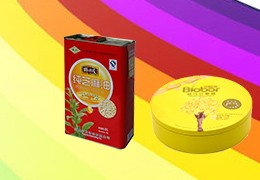

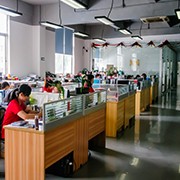


Latest comments